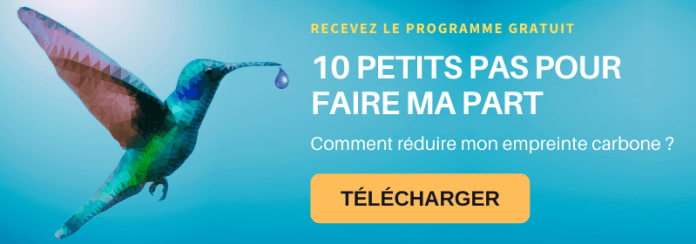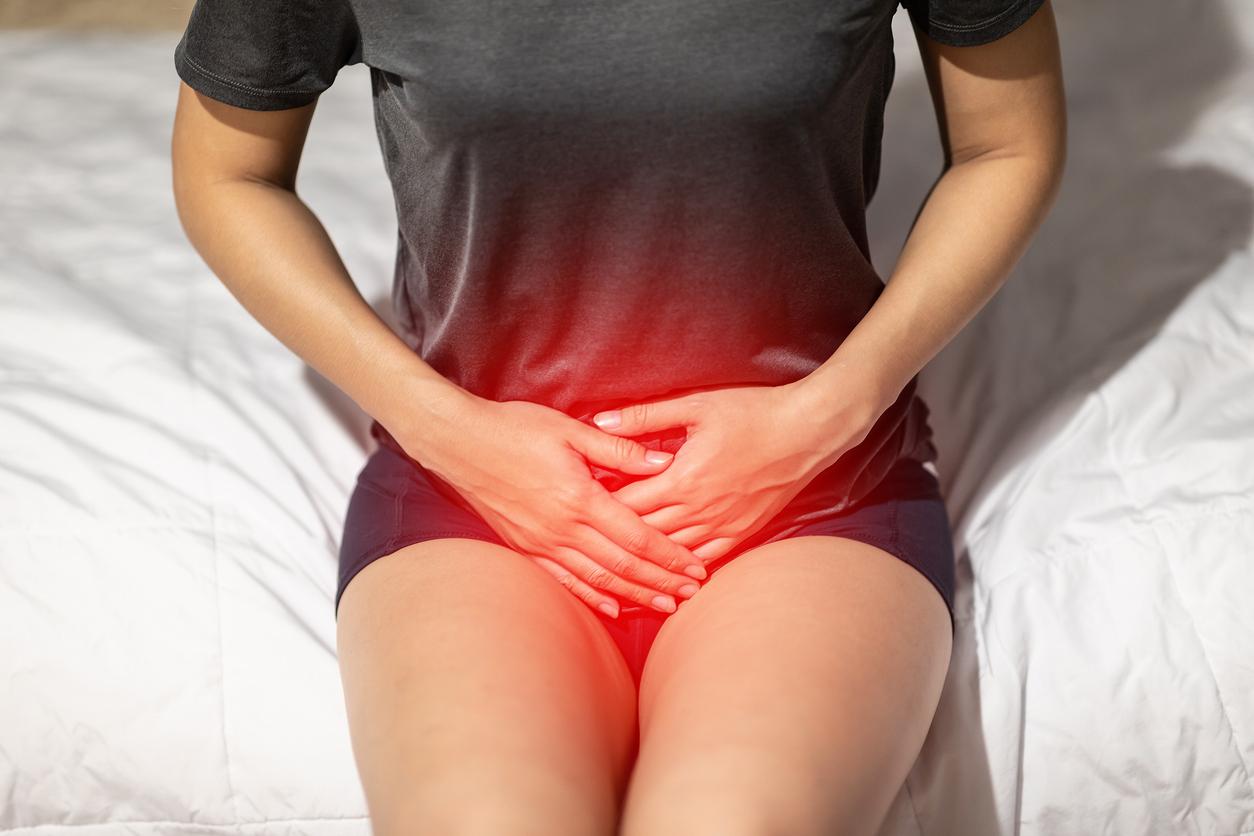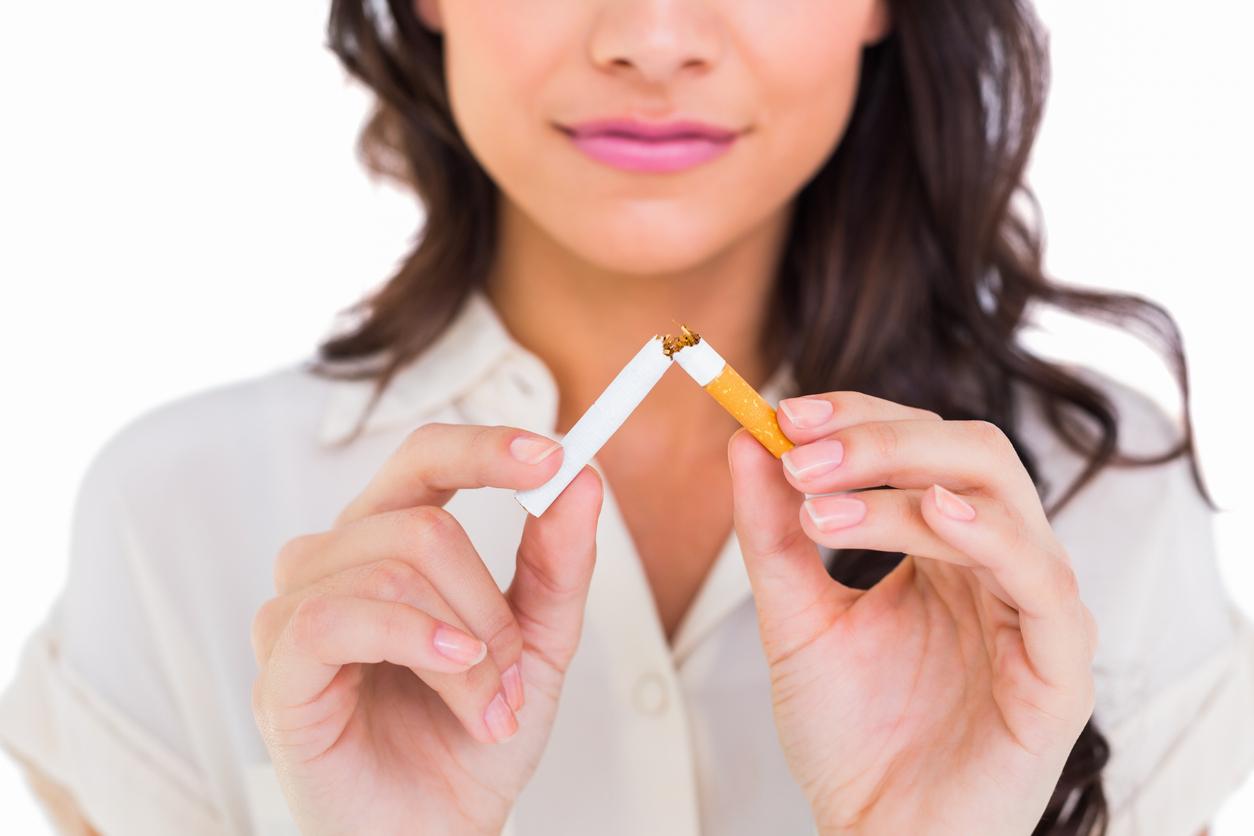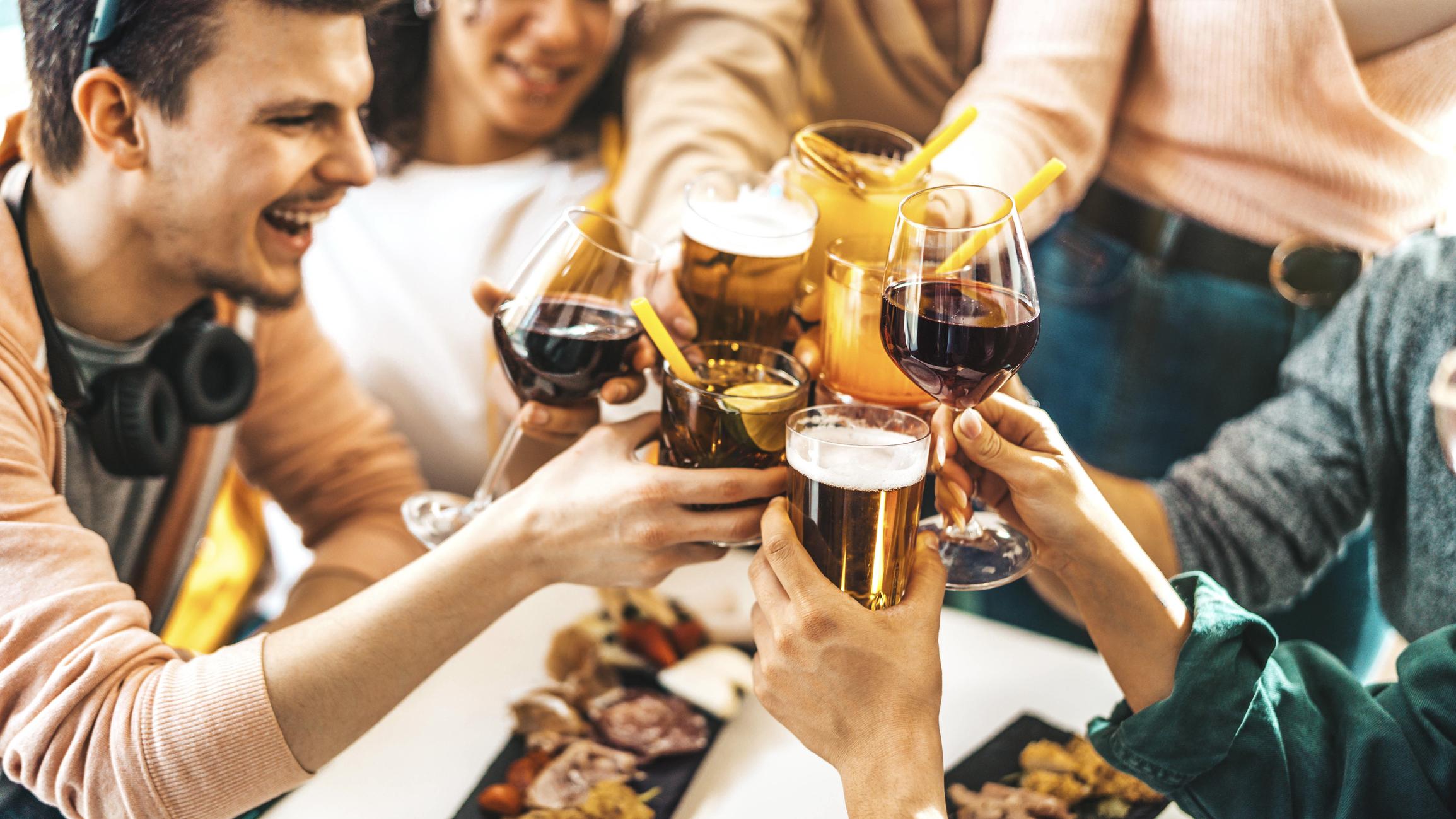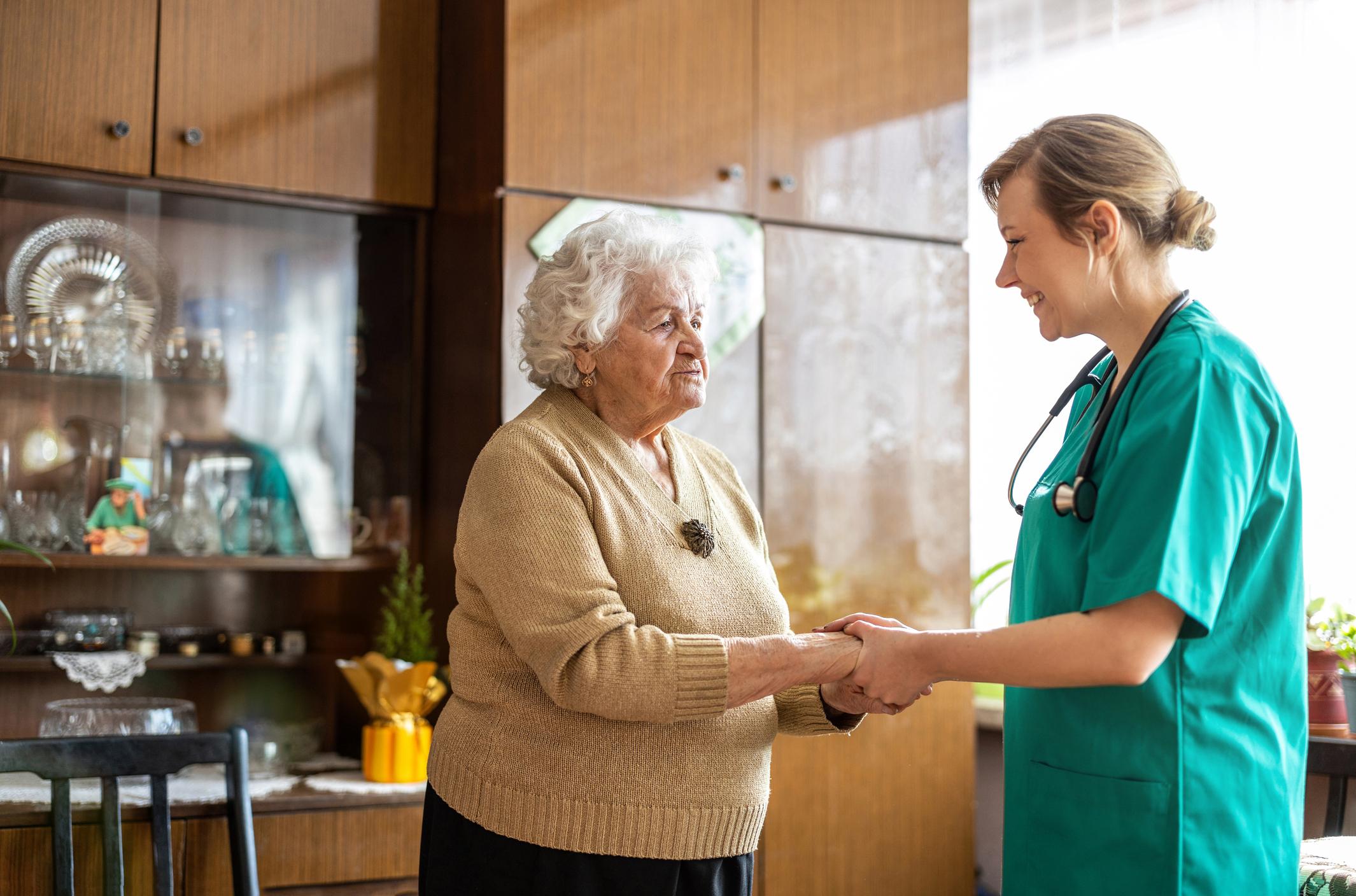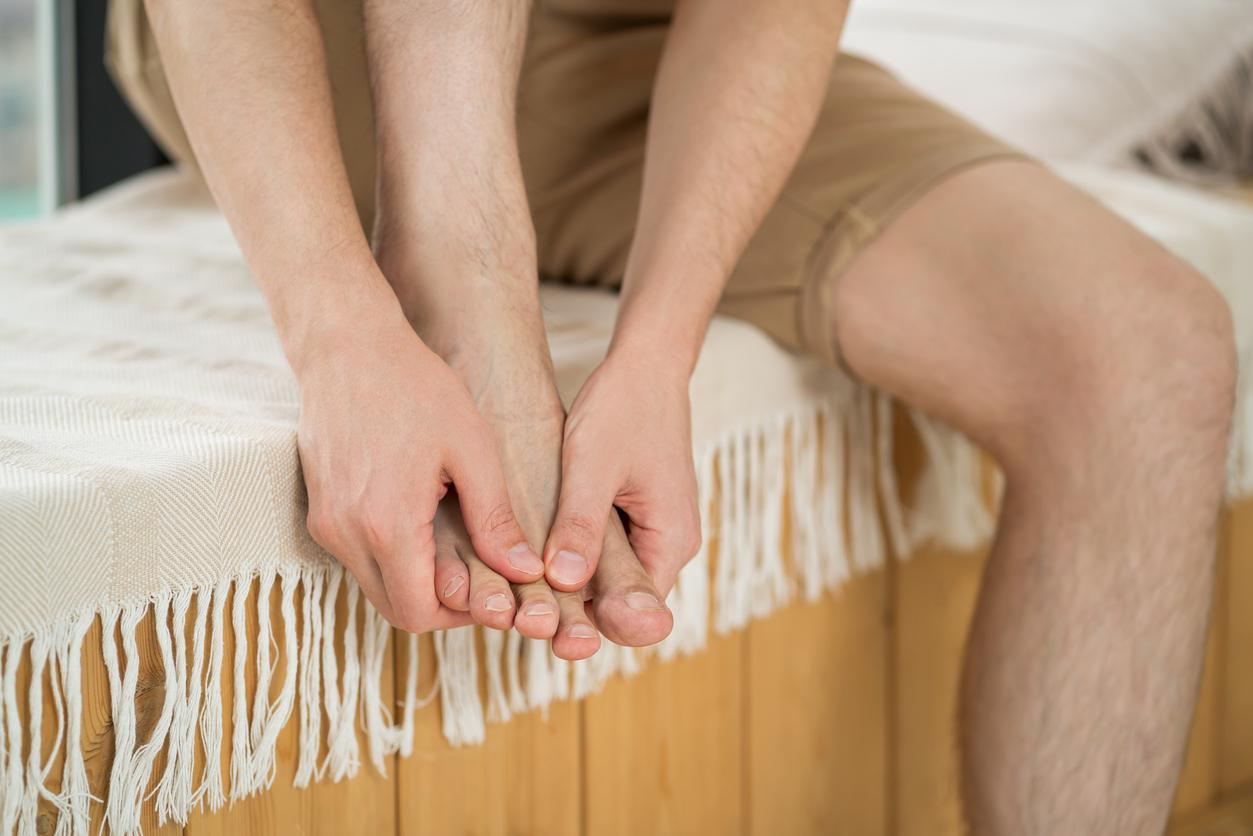What does a low-carbon lifestyle look like? Transport, food, consumption… All our daily activities consume energy and produce greenhouse gases. In France, we each emit an average of 10 tonnes of CO2 equivalent per year. To achieve the objectives set by the Paris agreements in 2015 and limit the impact on the planet’s climate, it would be necessary to drop to 2 tonnes per person.
Rare are, today, the cranks who dispute it: we have understood that global warming is mainly linked to our “human” activities through the increase in the greenhouse effect. The commitments made under theparis agreement put us on a trajectory of warming already above 2°C by 2040.
Every tenth of a degree counts as illustrated (again) by the IPCC report of March 2022: more intense extreme events, a more significant rise in sea level, a loss of biodiversity and the risk of extinctions multiplied by two, the announced disappearance of tropical coral reefs and a greater drop in the yields of main crops…
A massive slowdown in emissions is not impossible, but it would require unprecedented transitions in all aspects of society. State, communities, companies, media, education system, NGOs, …. all actors have an important role to play but the result will only be achieved if the citizens that we are feel concerned.
4 strong actions to make a difference
Citizen movements like Climatic Resistance advocate simple actions with high impact to pursue various priority objectives such as:
- make known the orders of magnitude of the necessary changes,
- shift the debate towards energy and material decline,
- to bring together people who are strongly committed and convinced that personal coherence and collective action reinforce each other,
- launch a work of research and collective invention to develop lifestyles of the future (post-oil),
- embody the changes that we demand to start reducing its emissions,
- show that these necessary changes are desirable, and that, if the energy decay and material is sometimes opposed to immediate pleasure, it allows to move towards more emancipatory well-being.
The following 4 actions are within the reach of as many people as possible and constitute a kind of minimum price to be able to achieve the objectives of the Paris Agreement. This involves laying the foundations for a low-carbon lifestyle (at less than 2T CO2e/human/year):
- Transport : stop flying and drive less than 2,000 km/year by car
- Feed : eat local, seasonal, 100% organic food, eating meat once or twice a month at most
- Consumption : challenge “Nothing new? ” of Zero Waste France : no longer buy new (especially computers, screens, smartphones, etc.)
- Influence : testify to my commitment to those around me and ask the State and companies to keep France’s commitment by dividing our greenhouse gas emissions by 6.
An example of sobriety to understand
To illustrate what a low-carbon lifestyle is, let’s take the example of mobility, which concerns all of us: driving electric city car is it more ecological? To be sober in terms of energy, we will favor a vehicle adapted to our needs, with low CO2 emissions. Concretely, if you are used to using your car alone for trips in town, you will rather buy a city car than a 4×4.
In most cases, a 4×4 pollutes more than a city car. If, in addition, the city car runs on electric, it wins a clear advantage. In addition, a 4×4 is a massive, heavy, imposing car, not necessarily useful for driving in urban areas, nor profitable if you drive there alone.
If you really need a car, you can be tempted by new electric models, such as the Fiat 500e or the Dacia Spring (see this list), which consume up to half the energy than a standard city car.
Being energy sober also means using a bicycle or walking for small daily trips. We thus avoid increasing our carbon footprint by traveling in a thermal car and we improve our health by practicing physical activity every day.
Adopt a low-carbon lifestyle
Much of the population is currently unprepared for the changes needed in the timing to sustain warming below +2°C. Achieving this objective implies assuming the part of conflictuality which results from it with oneself and those around him.
It is therefore a question of working to make concrete and intelligible the benefits of a low-carbon lifestyle, to less than 2T Co2e/human/year. More time, less dependence on money, more freedom, more links between humans and with the living, pleasure of being in nature, regaining control over one’s life (autonomy)…
It is here that we must all build together a essential new imagination to our collective success! Testimonies, actions, petitions, demonstrations… everything that gives shape to it will strengthen the movement. Some resistance fighters have thus defined an inspiring slogan: more links and less goods…
The switch to a low-carbon lifestyle is not only possible but essential to permanently reverse the curve of GHG emissions. Only this awareness, combined with concrete actions, can lead to significant victories, that is, preserving the biosphere and the possibility of human life on Earth. It remains the objective that guides all the efforts of the climatic resistance which has organized and developed in society.
